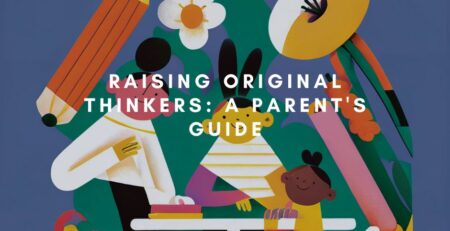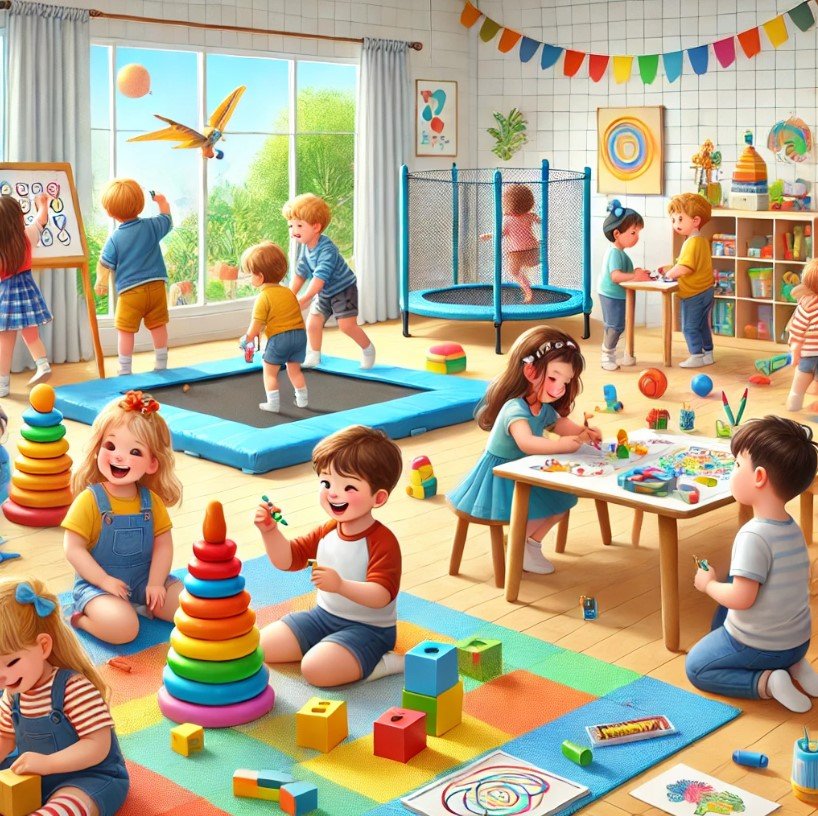Which Educational Philosophy would suit your Child most out of Montessori, Waldorf and Reggio Emilia?

Which Educational Philosophy would suit your Child most out of Montessori, Waldorf and Reggio Emilia?
One thing is certain, choosing a school for your child is one of the most important decisions that you will ever make, and here we take a look at alternative educational philosophies if you’re considering these for your child and look at the pros and cons of each one so that you can understand which educational philosophy would suit your child most out of Montessori, Waldorf and Reggio Emilia.
If you want some extra reading, we also recently covered ‘Why Montessori Education Works’, ‘Why Reggio Emilia Education Works’ and ‘Why Waldorf Education Works’.
Let’s take a look at the pros and cons of these alternative schooling methods.
The Pros and Cons of Montessori Education
The Pros of Montessori
- Curriculum Focused on Hands-On Learning. One of the greatest benefits of Montessori Education, particularly during the early learning experience, is the focus on hands-on learning. The emphasis is on concrete, rather than abstract learning, as students work on activities that teach language, math, culture and practical life lessons. Teachers encourage students to concentrate on tasks until they are properly mastered.
- Learning is Child-Centred. Students are allowed free reign as they learn for themselves. This guides them towards what they’re interested in instead of being forced to learn things in a style that might not suit their interests.
- System is highly individualized to each child. Children can learn at their own pace and in their own style. Children will naturally find the best way to learn as they explore the classroom environment.
- Children Naturally Learn Self-Discipline
While the Montessori Method allows children to choose the activities they want to work on each day, and how long they will work at a specific task, there are specific “ground rules” for the class that are consistently enforced by the teacher and other students. This environment naturally teaches children self-discipline, and it refines important skills like concentration, self-control and motivation.
- Classroom Environment Teaches Order
All objects and activities have precise locations on the shelves of a Montessori classroom. When children are finished with an activity, they place items back into their appropriate places. This sense of order helps facilitate the learning process, teaches self-discipline, and caters to a young child’s innate need for an orderly environment. When children work and play in an area that is neat and predictable, they can unleash their creativity and focus fully on the learning process.
The Cons of Montessori
- Teachers may have trouble letting students pick their own activities.
- The lack of structure is good for some kids, but not for all of them. If they have come from a traditional mainstream school, this will probably be a big hurdle for them to get over.
- If your child has been in a Montessori preschool or kindergarten, it will be harder for them to transition to a mainstream school where structure is the order of the day. There aren’t many Montessori schools that go all the way through to high school, so at some point your kids might have to adjust which can be hard.
- Montessori education can be expensive and prohibitive for many families.
- Lastly, the Montessori Method suggests individuals work at their own pace which leads to restricted social interactions with other kids in the class.
What types of Children will benefit from Montessori Education?
One of the most important things for your child to be able to thrive in a Montessori environment is that they join a school by the age of 3. The reason for this is that they haven’t yet been exposed to the typical grades and rewards programmes that are in mainstream schools. Children who are able to work independently and at their own pace will really benefit from this type of environment as well. Also, if they’re flexible and can adjust easily to most situations they will do well. If you’ve got a child that needs more structure and direction then Montessori may not be for them.
The Pros and Cons of Waldorf Education
The Pros of Waldorf Education
- Children are exposed to a worldly, humanitarian approach to education. In a Waldorf school, children are taught the importance of social responsibility, peace, respect, and compassion.
- ‘Looping builds relationships.’ In Waldorf education kids stay with the same teacher all the way through the primary grades up until high school. The teacher should truly understand how each child learns and can personalise the lessons to specific learning styles, which can be a great advantage for the learner.
- The Waldorf model infuses the arts with academics all the way through the primary grades and into high school. The arts are part of nearly every single lesson, using drama, music, dance, crafts, and visual arts to illustrate what the kids are learning.
- Technology, including TVs and computers, are frowned upon in Waldorf schools during the early years of education. Instead, children are encouraged to indulge in free play that nurtures the imagination and interactions with other students. The lack of media exposure may also reduce attitudes of consumerism in younger kids.
The Cons of Waldorf Education
- According to Waldorf methodology, children are not taught to read until around ages seven or eight, or more specifically, when their permanent teeth sprout. Instead, in the early primary years, oral storytelling and play time are emphasised.
- Steiner developed his educational model based on his spiritual philosophy known as anthroposophy. While anthroposophy is not taught as a religious course in any American Waldorf school, it is a core part of teacher training. Some parents believe their children are instilled with new age ideas at Waldorf that are not in keeping with their spiritual beliefs.
- There is apparently a lack of population diversity.
What types of children will benefit from Waldorf Education?
As Waldorf is so heavily focused on the arts, not all children will thrive in this learning environment but it would be the perfect fit for students who have an artistic and creative inclination.
The Pros and Cons of Reggio Emilia Education
The Pros of Reggio Emilia Education
- Children are seen as their very own knowledge bearers and they have rights when it comes to their own education. There is a lot of emphasis put on really listening to children as opposed to telling.
- The Reggio Emilia approach focuses on open-ended projects where children are presented with certain concepts and they need to solve them through research, exploration and questioning. These projects can go on for weeks or even months, but at the heart of it, is the fact that children are the creators of their learning experience. They are there to find the solutions.
- There is a strong emphasis put on community, whereby children need to interact with their peers, their teachers and their parents. Community is one of the concepts that are at the heart of this approach.
- One of the cornerstones of the Reggio Emilia approach is expressive arts, where kids express themselves in one hundred different languages and learning and exploration is expressed through the arts like drawing, sculpturing, music, dance and movement, painting, drama and imaginary play. This is a critical element as to why Reggio Emilia education works, as children learn so much through expressing themselves in so many different ways.
- Children are encouraged to connect with the environment, which is considered the ‘third teacher’. There is a lot of ‘natural’ play where kids play outside but also work with natural materials. This is to encourage an interest in the natural world. This also stimulates children through different senses.
The Cons of Reggio Emilia
- As learning is child-directed and project based, it is very difficult to show parents that their children are actually learning. There are no worksheets sent home, as an example, to show that their child has learnt their letters of the alphabet. This can be a real disadvantage to parents who want to see results of their child’s work immediately.
- You can’t ‘test’ a child on a national level to see how they are measuring up against kids their same age in mainstream schools as there is no set curriculum and no standardised tests.
What types of children will benefit from Reggio Emilia Education?
Children who are able to work on their own and in groups can benefit from this environment. Also kids who are self-starters and don’t need a lot of direction, but can rather direct themselves in their learning and take control of it, will benefit hugely from Reggio Emilia. As there is a lot of project-based work, they will be the researchers and founders of the information they need. This can build their self-confidence and self-esteem as they learn to understand that they are the powerful knowledge bearers of information, and that they can do it by themselves.
We’ve looked at which educational philosophy will suit your child most out of Montessori, Waldorf and Reggio Emilia by comparing the pros and cons of each as well as providing a guideline on the type of personality traits your child should have for each one. However, each child is different, and we encourage you to take them to the school you’re planning on visiting and that will help you to make a more informed decision.
We hope you have found this information useful.













LEAVE A COMMENT